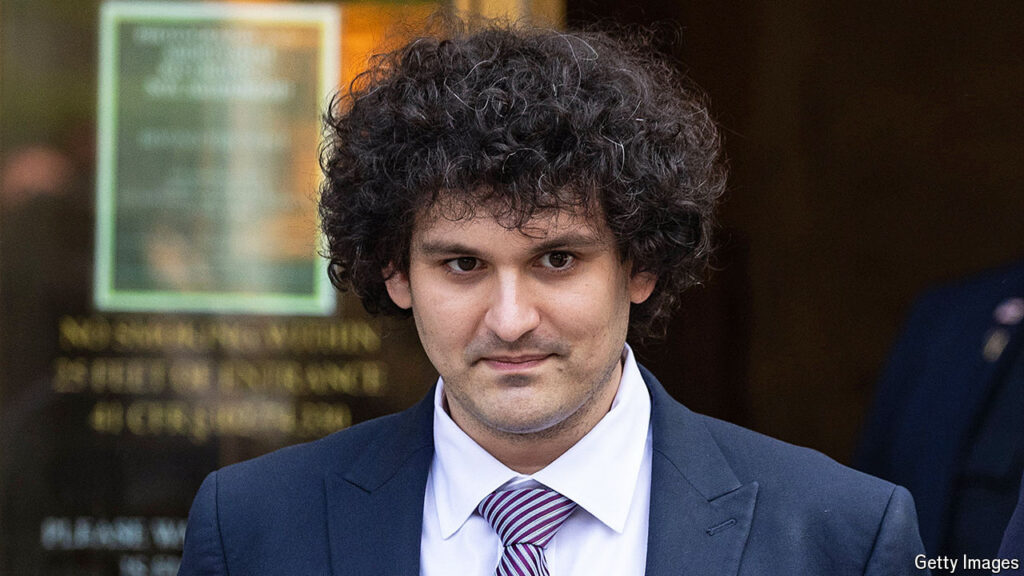In the turbulent aftermath of the collapse of his crypto exchange, Sam Bankman-Fried faced the daunting task of navigating a maze of legal challenges and financial uncertainties. As he grappled with the fallout of the debacle, he turned to a Google Doc as a repository for his thoughts and ideas. Under the heading “probably bad ideas,” he jotted down a series of potential strategies, including the controversial notion of publicly professing his allegiance to the Republican Party and invoking religious imagery by suggesting that he had “died for our sins.”
Ultimately, Mr. Bankman-Fried chose not to pursue either of these options, but he remained steadfast in one belief: that his exchange, FTX, was still solvent and capable of repaying the substantial debts it owed to its customers. This assertion would be put to the test in the months that followed as the legal and financial ramifications of the exchange’s collapse continued to unfold.
It wasn’t until March 28th that Mr. Bankman-Fried received the news that would irrevocably alter the course of his life: he had been sentenced to 25 years in prison. The specter of his incarceration cast a long shadow over the ongoing efforts to unravel the complexities of FTX’s bankruptcy proceedings. With over 100 entities involved and assets hopelessly entangled, the road to resolution appeared fraught with obstacles.
Despite the daunting challenges that lay ahead, there was a glimmer of hope on the horizon. In a surprising turn of events, FTX informed a court in January that it believed it could repay its 36,000 customers in full. This declaration offered a ray of optimism to the beleaguered creditors who had been anxiously awaiting news of restitution.
As the saga of FTX’s collapse continued to unfold, Mr. Bankman-Fried’s legacy hung in the balance. Once hailed as a visionary entrepreneur and business wunderkind, his fall from grace served as a cautionary tale about the perils of unchecked ambition and the consequences of financial recklessness.
In the wake of the scandal, the once-thriving ecosystem of cryptocurrency exchanges was forced to confront uncomfortable questions about transparency, accountability, and regulatory oversight. The shockwaves of FTX’s demise reverberated throughout the industry, prompting a reevaluation of risk management practices and compliance protocols.
Amidst the turmoil and uncertainty, one thing remained certain: the road to redemption would be arduous and fraught with challenges. As Mr. Bankman-Fried grappled with the fallout of his actions and the implications of his sentence, he was faced with a stark reality: the rebuilding of his reputation and the restitution of his creditors would require a Herculean effort and a willingness to confront his past mistakes.
In the end, the story of FTX’s collapse served as a cautionary tale about the fragility of trust, the dangers of hubris, and the enduring power of resilience. As the industry grappled with the fallout of one of its most infamous scandals, it was forced to confront uncomfortable truths about the need for greater transparency, accountability, and ethical leadership. And as the dust settled on the wreckage of FTX’s downfall, the true test of Mr. Bankman-Fried’s mettle would begin – a test of character, integrity, and redemption.












